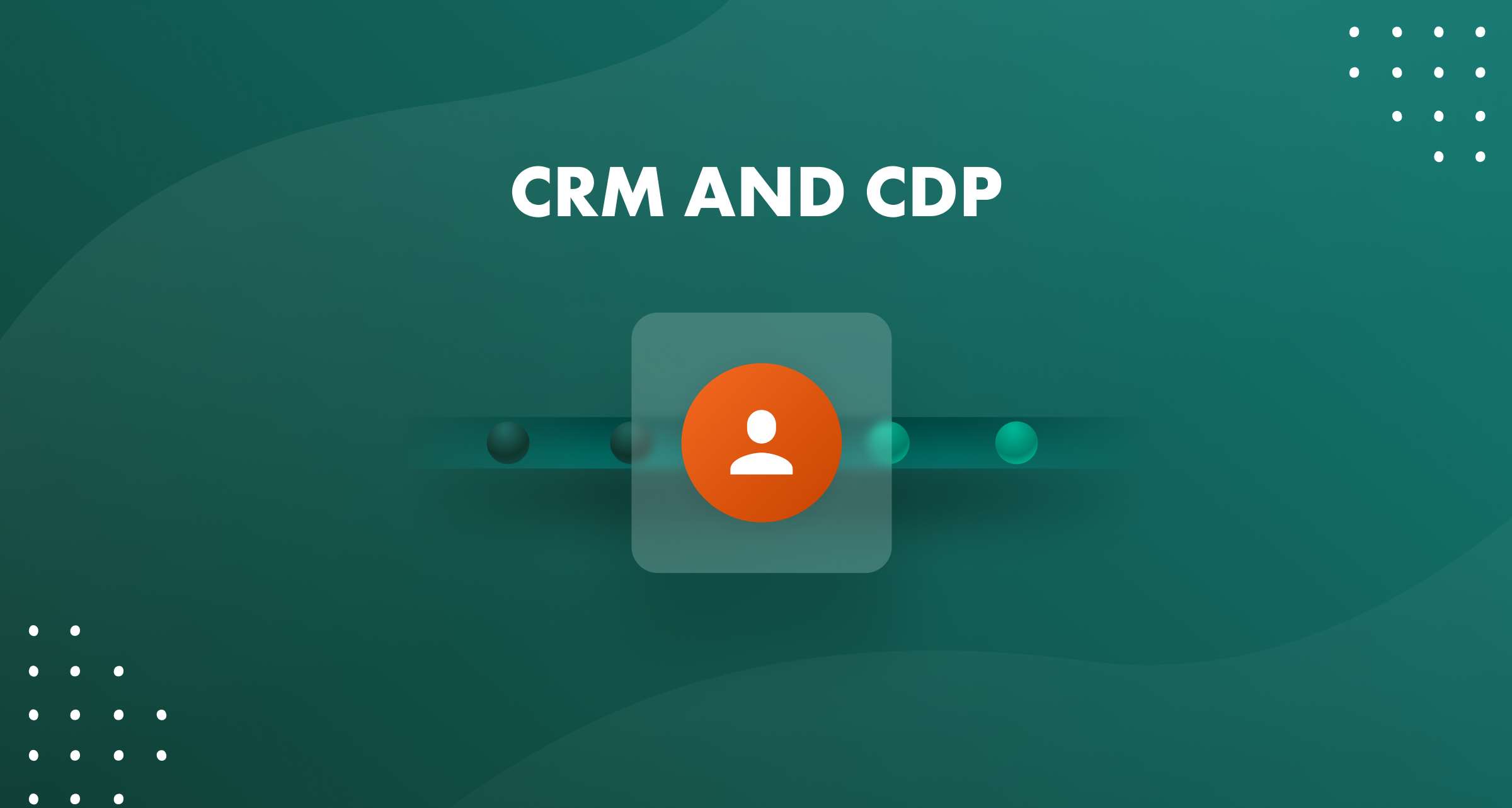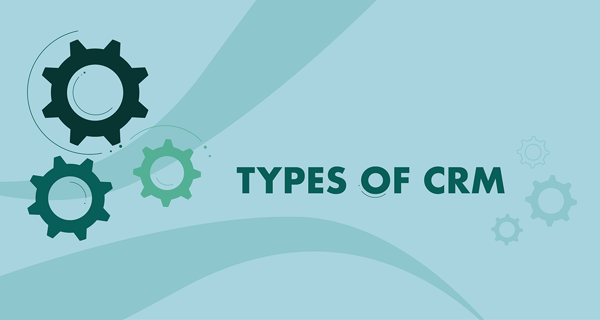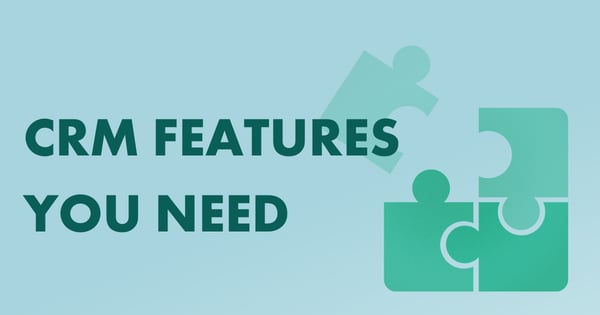Personalized experiences matter now more than ever.
They help you improve customer engagement, build brand loyalty and increase customer satisfaction – all of which impact revenue.
More than 77% of people choose, recommend and pay more for brands that provide personalized experiences tailored to their interests.
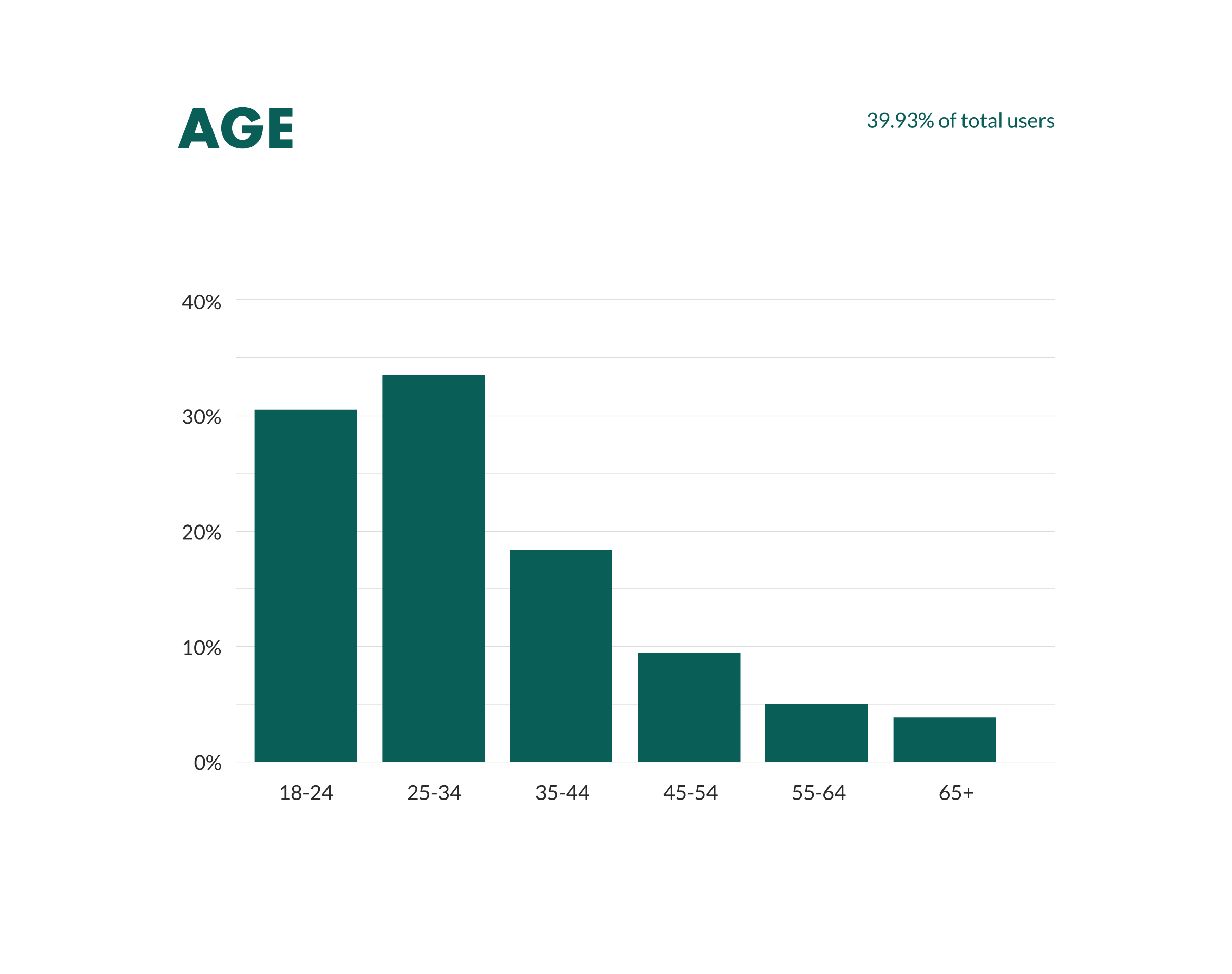
And in 2021, Twilio Segment surveyed 3,500 businesses and consumers around the world to discover if attitudes regarding personalization have changed over the past 12 months.
What they found was that consumers reward brands that get personalization right.
Nearly half (49%) of consumers say that they will likely become a repeat buyer after a personalized shopping experience with a retailer.
And 1 in 3 consumers (38%) say they will shop with a brand they’ve had a good customer experience with again, even if there are cheaper or more convenient options – which means price is not a decisive factor!
👉 Personalization isn’t just important for B2C companies. B2B companies need it too.
In fact, Forrester analyst, Jessie Johnson, says that personalization is no longer a nice-to-have in B2B, it’s a necessity.
👉 Personalization builds trust and helps you connect with your target market on an individual level.
Today’s customers expect tailored interactions across every touchpoint, from web to mobile and even face-to-face interactions. We’re not talking about multi-channel here, but rather omnichannel.
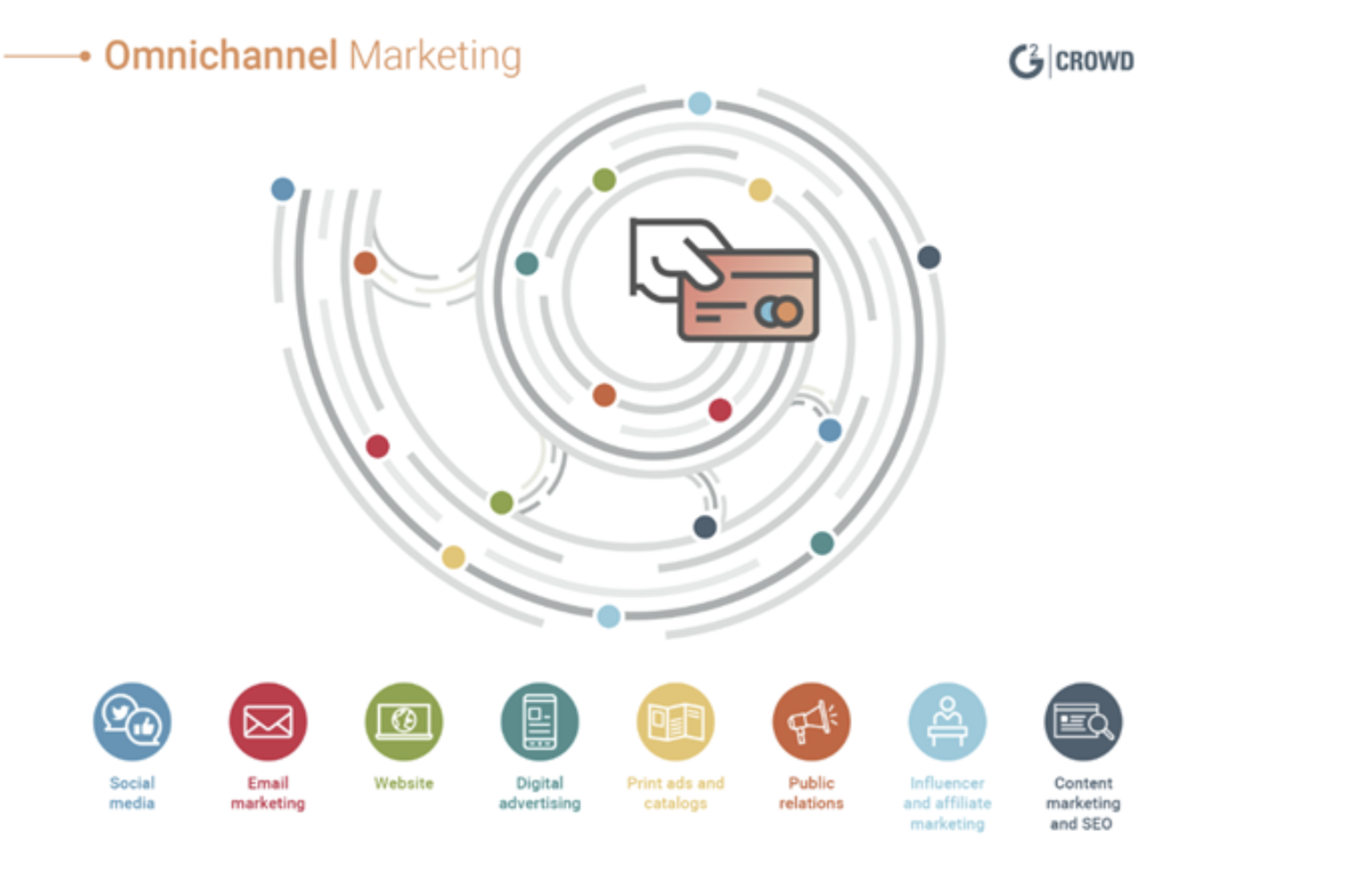
With so many channels, how can marketers meet customer expectations?
Personalization requires customer data
Customer data can come from many sources – website analytics, sales conversations, email marketing campaigns, and more.
Marketers not only need a way to gather and manage the information, but they also need a way to turn that information into something that can be used.
One option is a CRM platform.
CRM stands for customer relationship management.
CRM software brings together customer information from different departments throughout the company to give one, holistic view of each customer.
However, CRM systems aren’t the only tool for managing customer information.
Another option is CDP – customer data platform.
CDP also gives you a holistic view of the customer.
So, what’s the difference between the two? How do you know which one to choose?
In this article, we will explore:
- What is a CRM and CDP?
- How do the two platforms differ?
- What’s the best platform for your business
What is CRM and what does it do?
The key function of a CRM system is to break down departmental silos.
Depending on the type of CRM you use, they can also support a single view of the customer by centralizing all sales, marketing, and customer service information into one database.
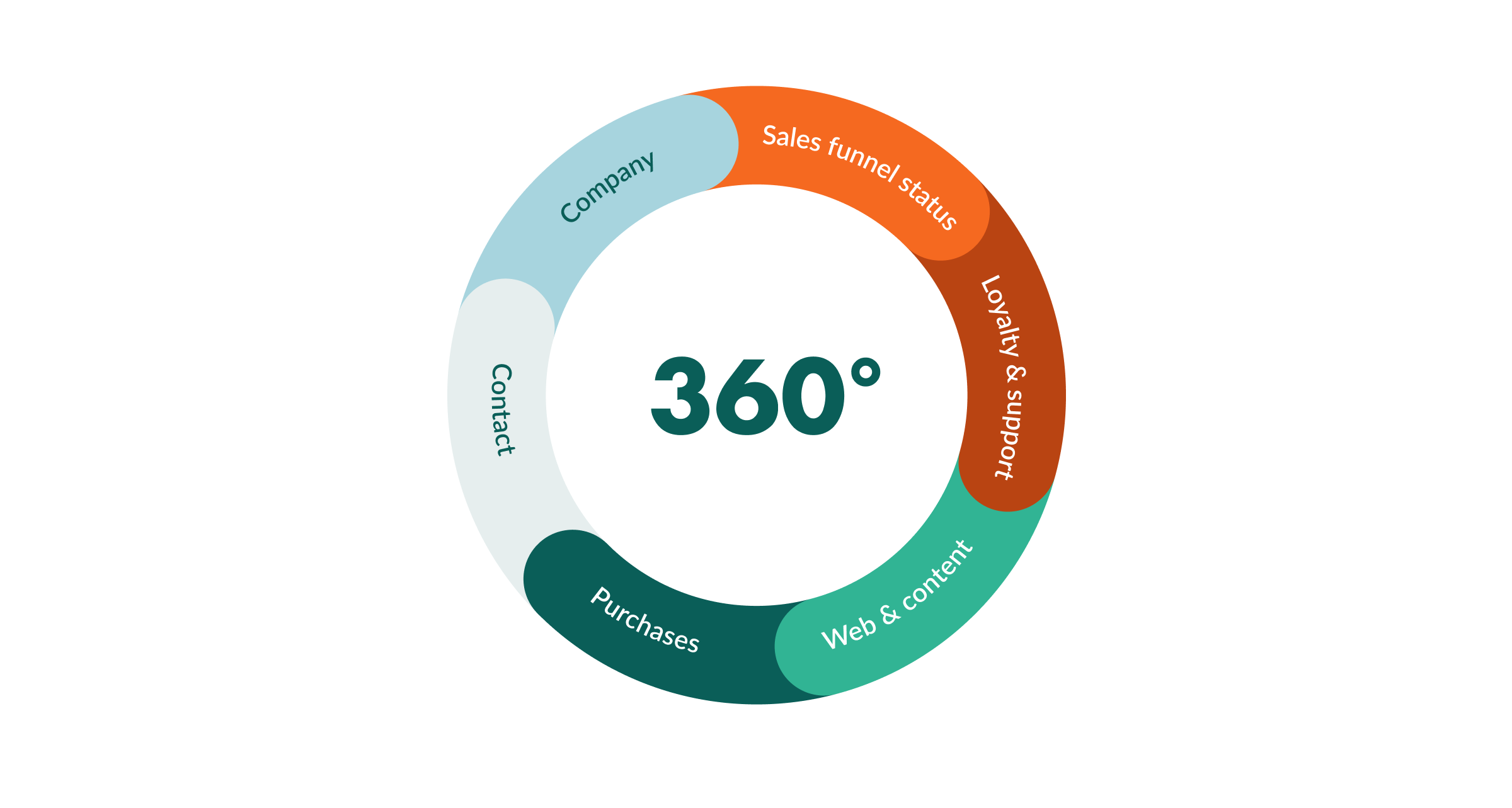
Traditionally, a CRM system captures:
- Firmographic and demographic data
- Customer history
- Customer preferences
- Customer conversations
- Manage different stakeholders
- Customer interests
But you will also find CRM systems that consolidate information on website behavior, email marketing metrics, as well as customer service emails.
CRM benefits
Research shows that 91% of companies with over 11 employees use a CRM system.
And it’s no wonder: a CRM system makes it easier for you to communicate with customers, close more deals, and keep customers happy.
Let’s look at how a CRM system can take customer data and turn it into action:
🙎 Personalized communication
A CRM system helps you deliver the right message to the right person at the right time.
From one central database, marketers can create a segmented list based on certain customer criteria, then automate and personalize communication to a specific target group.
Different target groups will then receive different messages based on interests captured in the CRM system from conversations, web forms and live chat.
🤝 Close more deals
CRM systems help B2B sales teams work smarter.
For example, CRM sales tools help salespeople improve pipeline management and forecasting, automate repetitive tasks, and stay in control of all sales deals.
Certain CRM systems also offer the capability to automate a defined sales process so that salespeople never miss an opportunity to close a sale.
🤝 Keep customers happy
It's more expensive to acquire a new customer than to keep an existing one.
That’s why customer service is so important.
CRM systems help service and support teams improve the way they handle inquiries and solve customer problems, regardless of channel.
CRM features like ticket management, auto-reply templates, and service automation streamline the way teams work and improve customer response times.
What is a CDP and what does it do?
CDPs are software applications that enable marketers to collect, cleanse and analyze customer data from multiple sources.
A CDP combines data across all physical and digital channels and brings it together in one unified view.
They are becoming increasingly popular as a way of gaining a deeper understanding of customers – both existing and potential.
CDPs capture different types of data from multiple sources such as e-commerce, websites, marketing campaigns, and more.
Here are four categories of data they can collect:
- Personal data (e.g., name, contact info, demographics, job title, etc.)
- Engagement data (e.g., webpage visits, social media interactions, email open rate, customer service interactions, paid ad conversions, etc.)
- Behavioral data (e.g., transaction/subscription info, purchase details, connected device usage, customer loyalty program info, cart abandonment data, etc.)
- Attitudinal data (e.g., customer feedback, perceived sentiments, motivations, etc.)
Once collected, marketers can use the data to create more relevant and personalized experiences.
CDP Benefits
CRMs and CDPs have much of the same benefits.
Both are powerful tools used by businesses to gain access to customer data, segment customers into different categories and align sales and marketing teams to deliver personalized experiences.
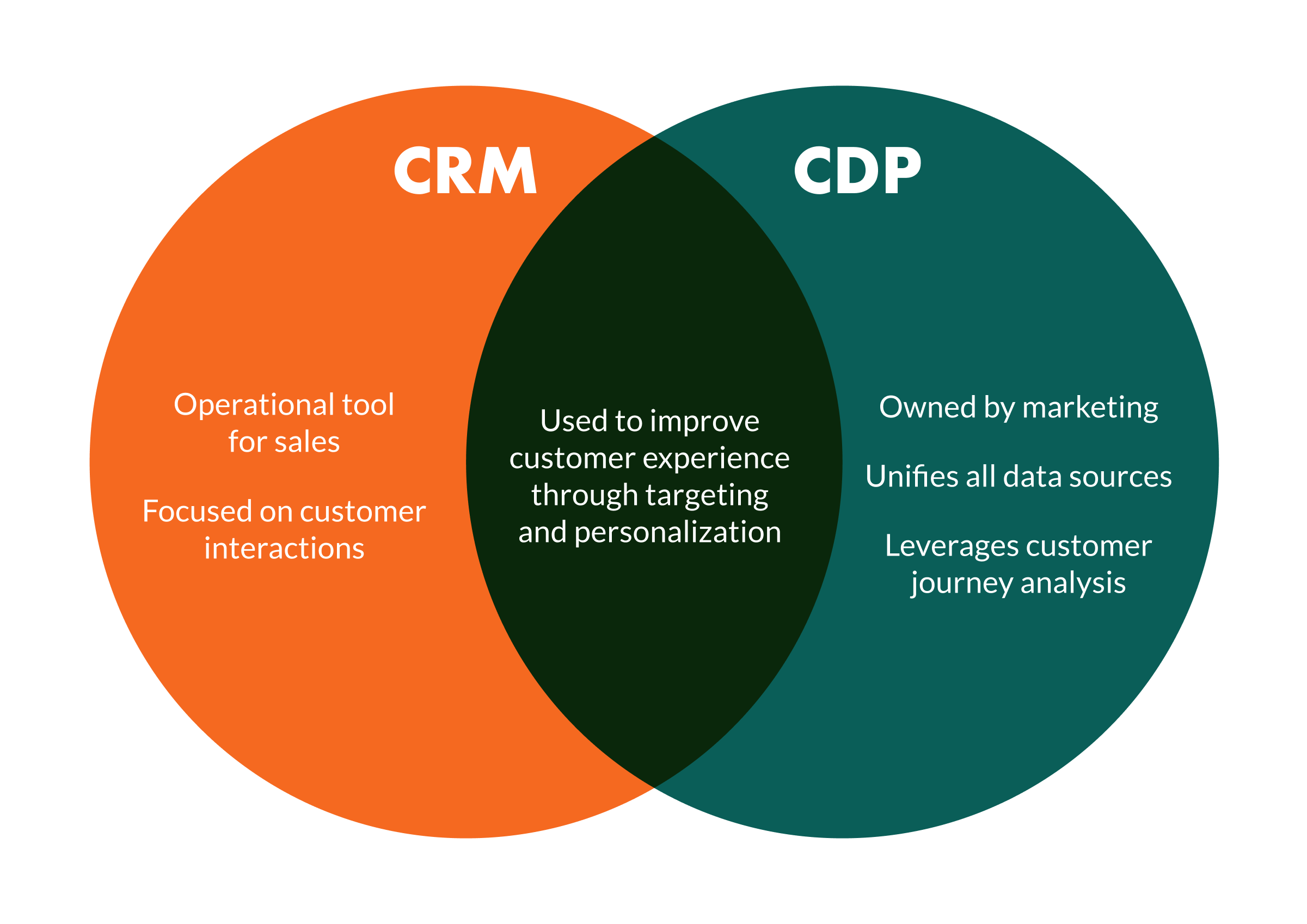
With CDPs, you can also expect:
🗄️ Consolidated data from more sources
A CDP will compile and combine data from multiple sources to create a unified database of customers' histories, including detailed transactional, interactional, and behavioral information.
The information is then consolidated into complete customer profiles, which can be made available to other systems.
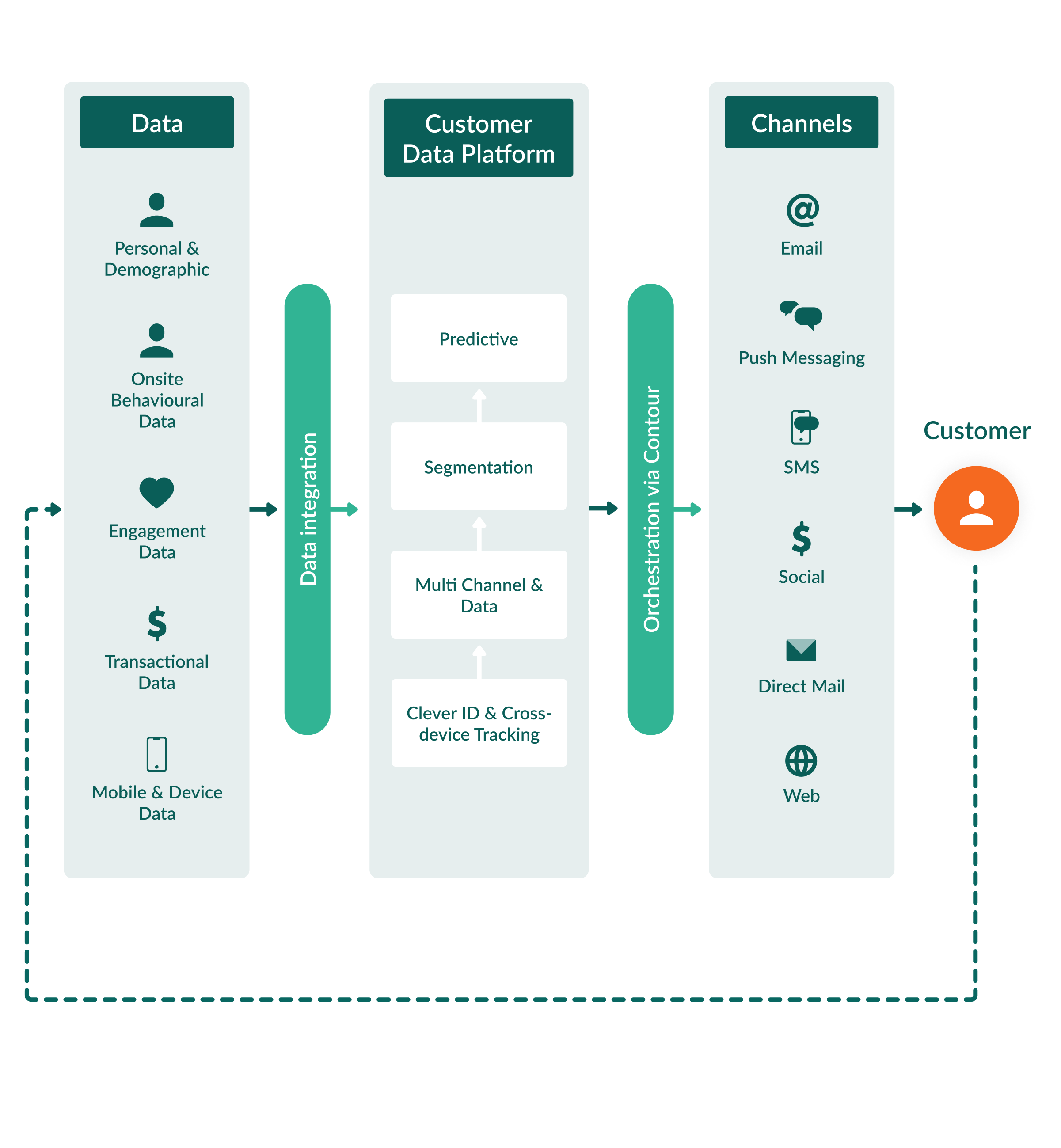
🚩 Personalized customer journeys across channels
All CDPs help marketers understand customer behavior and engagement with a brand’s various channels.
By analyzing the customer journey, marketers can identify where customers drop off in their journey and pinpoint areas that need improvement.
Once the areas for improvement are identified, marketers can use the system to personalize engagement on any tool or platform, orchestrate journeys, and even unite paid and owned B2B marketing channels, offering a more seamless customer experience.
CRM vs. CDP – What’s the difference?
Although both technologies start with the word “Customer”, the two are quite different.
Here are just a few of those differences:
CRM is primarily a sales tool.
It helps sales and support teams manage customer relationships on an individual level. CRMs capture documents, meeting notes, conversations, and other manual types of data input.
A CDP is wider in scope. It captures, cleanses, manages, and analyzes large volumes of data from many digital sources.
Marketers can use the information to gain insight into the who, what and why of their customer base – and even learn how to better serve a particular market segment.
It’s not easy for a CRM system to collect and store large amounts of data from different channels and systems. Typically, a CRM system will handle tens of thousands of customers, while CDPs handle data from millions of users and sites.
A CRM can track interactions, however it cannot provide insights into how customers are engaging across all channels.
A CDP, on the other hand, can analyze data from multiple sources and provide insights on customer behavior that allow marketers to create seamless experiences.
CRM or CDP – Which system is right for you?
Whether you need a CRM or a CDP depends on your goals.
CRM technology can store and use a lot of data: contact information, website data, email interaction, sales data, etc.
For most companies, this is more than enough information to create targeted and personalized campaigns.
And if you’re specifically looking to optimize your customer-facing processes, a CRM system is your top choice.
For those who want to aggregate large amounts of customer data from many sources into a unified customer profile, then you’ll want to look at a CDP.
CDPs provide features such as predictive analysis and customer journey analytics, which help marketers create personalized strategies across many channels in real-time.
But, not all companies need a CDP.
We have a saying in SuperOffice – less is more.
For some, too much data leads to inaction or focusing on the wrong things.
If you need to enrich your CRM with more data sources, it’s always possible to integrate other tools and get what you need. For example, here’s just a sample of the CRM integrations on offer at SuperOffice:
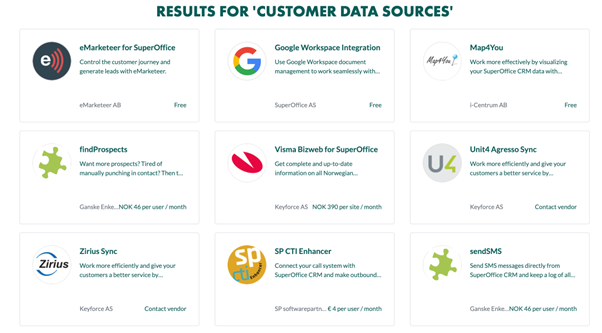
Integrations and add-ons allow you to pick and choose what’s most important to your business.
Conclusion
There are many who think that a CDP is the new CRM.
Although they’re both marketing and sales data management solutions, they’re not competitors.
They can work together. While one is more specific, the other is broad.
The CRM system can be an input and output to the CDP.
And the CDP can enrich CRM’s 360-degree view of the customer with even more channels and data sources.
Choosing both can have a significant positive effect on the customer experience.
But, as we mentioned earlier, not all companies need a CDP.
You’ll have to look at your goals and evaluate if you have an organization to support that process. Or, you can use a CRM system like SuperOffice, which already includes many intelligent features of a CDP.
To learn more about how SuperOffice can help you deliver personalized and targeted experiences, contact us for a free demo of our platform.
